New York, N.Y. Ever since I met the Dalai Lama in 1972 (see 3rd and 4th stories), I’ve come to love the Tibetan people. With great pains, I introduced Tibetan “Folk Opera” to the world in 1975 (see 5th story). For the first time ever, Tibetans left their community to travel to the West. Twenty-four performers came to tour Europe and America for the very first time. With a great deal of difficulty, I created a wonderful plan for them to perform for two weeks in four countries: Vienna in Austria followed by the Netherlands, Germany and Switzerland.
However, as soon as they arrived in these countries, the Chinese government that opposed Tibet began to pressure each country. The performances in Europe were then canceled, one after another. For three years, we had expended much time and resources to book great theaters, with a lot of publicity, to sell the tickets.
At that time, no one in the West knew much about Tibet. I had borrowed a lot of money to arrange the tour and, with the cancellation of our shows and ticket sales cut off, suddenly I had no income to repay the debt.
I thought I must cancel all U.S. and Canadian performances and return everyone to Dharamsala. But then I recalled how happy His Holiness the Dalai Lama had been when I promised this tour and decided to push forward no matter what the cost or sacrifice.
I worried that performances in the U.S. and Canada might be in danger as well. I called the U.S. Department of State at midnight to get emergency visas for the troupe. I instructed the director of the troupe, ‘Be sure to go to the embassy at 9:00 a.m. tomorrow, get everyone’s visa, and disappear immediately. Don’t say anything. Hide there for a while in the mountains of Switzerland!”
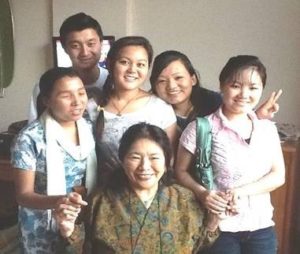
Sure enough, after nine o’clock European time on the same day, I got a call at my New York office. I was asked, “Please get them to return to the embassy because there is a problem with their visas.” I pretended not to know what was going on and said, “I don’t know where they went. I can’t contact them.”
What luck! If we had been one day later, they would not have been able to travel to the U.S. at all. And if they arrived at JFK International Airport, they would have stood out. So, I finally changed their schedule. Finally, they were able to enter the U.S. after entering the country on foot from Canada, through Niagara Falls.
The performances were a great success everywhere, but Chinese sympathizers were creating huge disturbances and demonstrations before each performance.
The troupe worked hard to get to New York City in a small bus and the performance there was a great success. Yet, by the time we arrived in New York, I was down to my last dime; I was broke and had to borrow money just to feed them! All in all, however, we survived and the performances were fantastic.
Ever since I met the Dalai Lama, I’ve been helping with orphanages for Tibetan children.
I’ve always wondered how Tibetan children are born with such a “compassionate spirit.” I asked His Holiness once and he answered, “As soon as the Tibetan mother gets pregnant, she begins to study and pray as hard as she can, hoping to create the most compassionate human being possible. That’s the Tibetan mother’s duty.”
His Holiness speaks of preserving Tibetan Culture, but what is the most unique aspect of this culture? I believe it is Compassion, a unique ability to put ‘others before self,’ and this is what I believe the Dalai Lama desires to preserve.
Today, this culture of ‘others before self’ is sadly disappearing in Japan. During and after the War this feeling was still common in Japan, too. Recently, this spirit came out again after the Great Northern Japan Earthquake. I lived through the war and remember those times well. When I look at the Tibetan people, I remember the hardships of post-war Japan when all endured such a hard life together.
There is a study that notes DNA of Tibetan men and Japanese men have much in common. Is this the way we are connected? I know that the relationship between Tibetans and Japanese is close from the bottom of my heart, and that there is a nature among Tibetans that Japanese people have had in the past. About 200,000 Tibetans around the world are living in exile and doing their best. There are six to seven million Tibetans in China. These are all people without a country. Ironically, I believe these stateless people will one day save our Human Race.
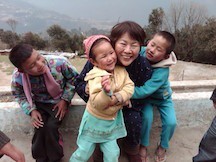 Each Tibetan is smart and wonderful. Japanese used to have these same characteristics but have slowly lost them due to economic greed. So many Tibetans think of helping others because they have a Compassion for Humanity. I wish and hope Tibetan people will become leaders for our world.
Each Tibetan is smart and wonderful. Japanese used to have these same characteristics but have slowly lost them due to economic greed. So many Tibetans think of helping others because they have a Compassion for Humanity. I wish and hope Tibetan people will become leaders for our world.
His Holiness the Dalai Lama is, of course, not anymore just a leader for the Tibetan people or leader for Buddhism in the world. He has transcended all boundaries to be a true leader of the Humanity. Tibetans may be able to accomplish what Japanese have not yet done. They may no longer have their own nation, but that does not matter as they have ‘heart’ as Human Beings.

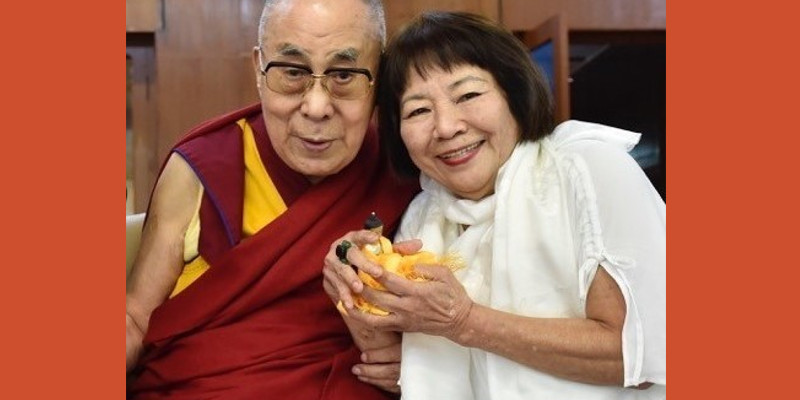
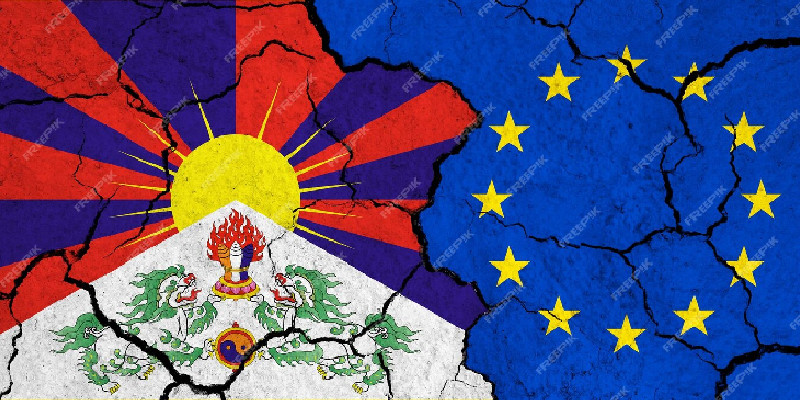

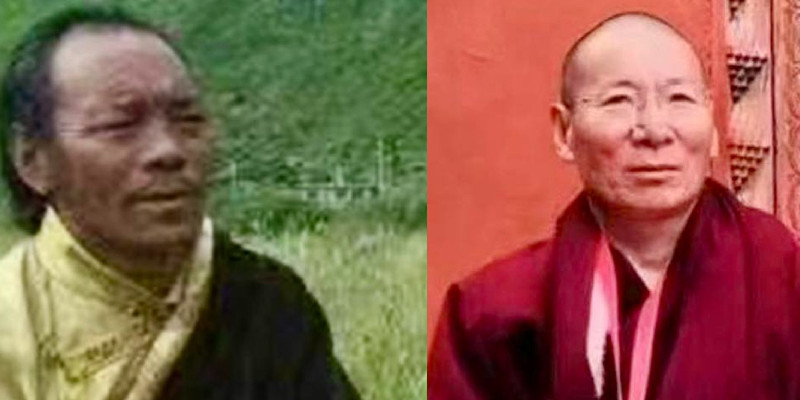
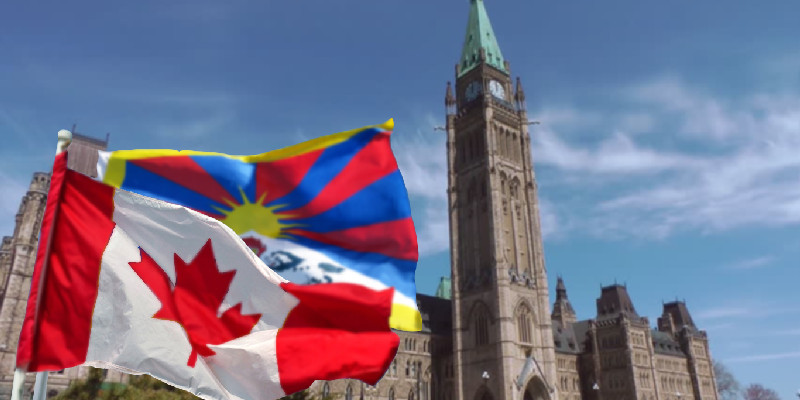

Leave a Reply